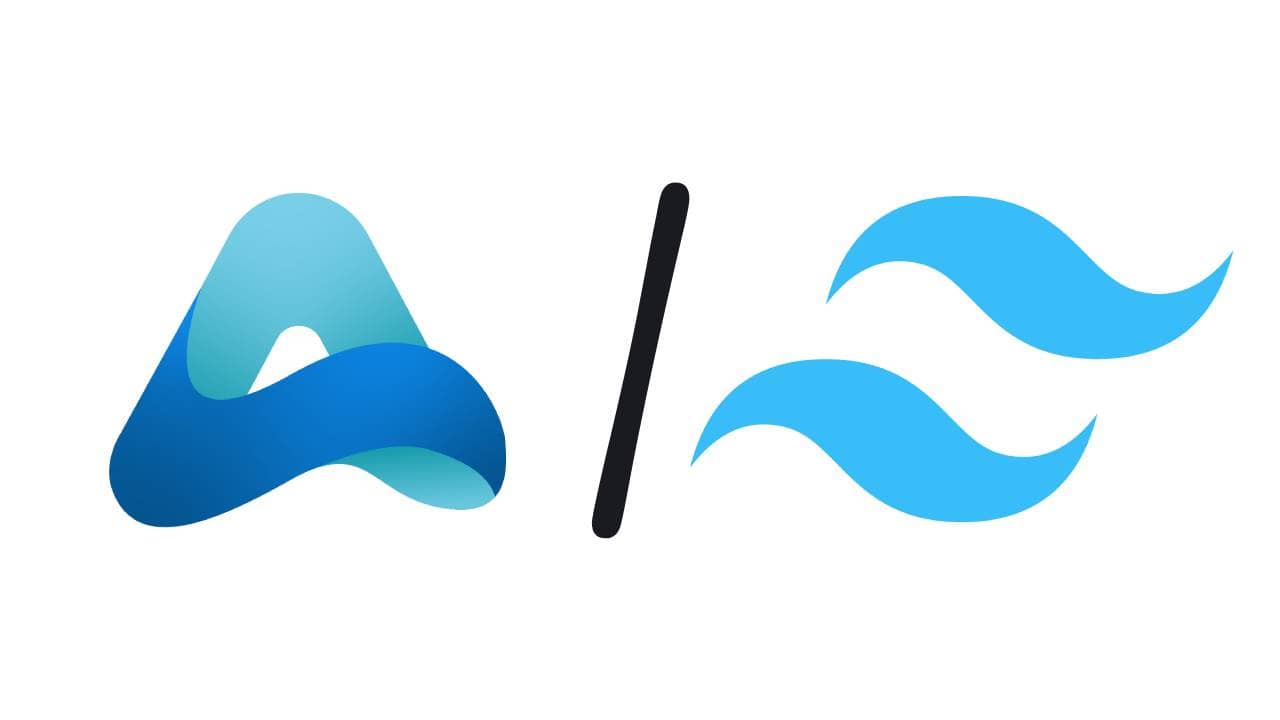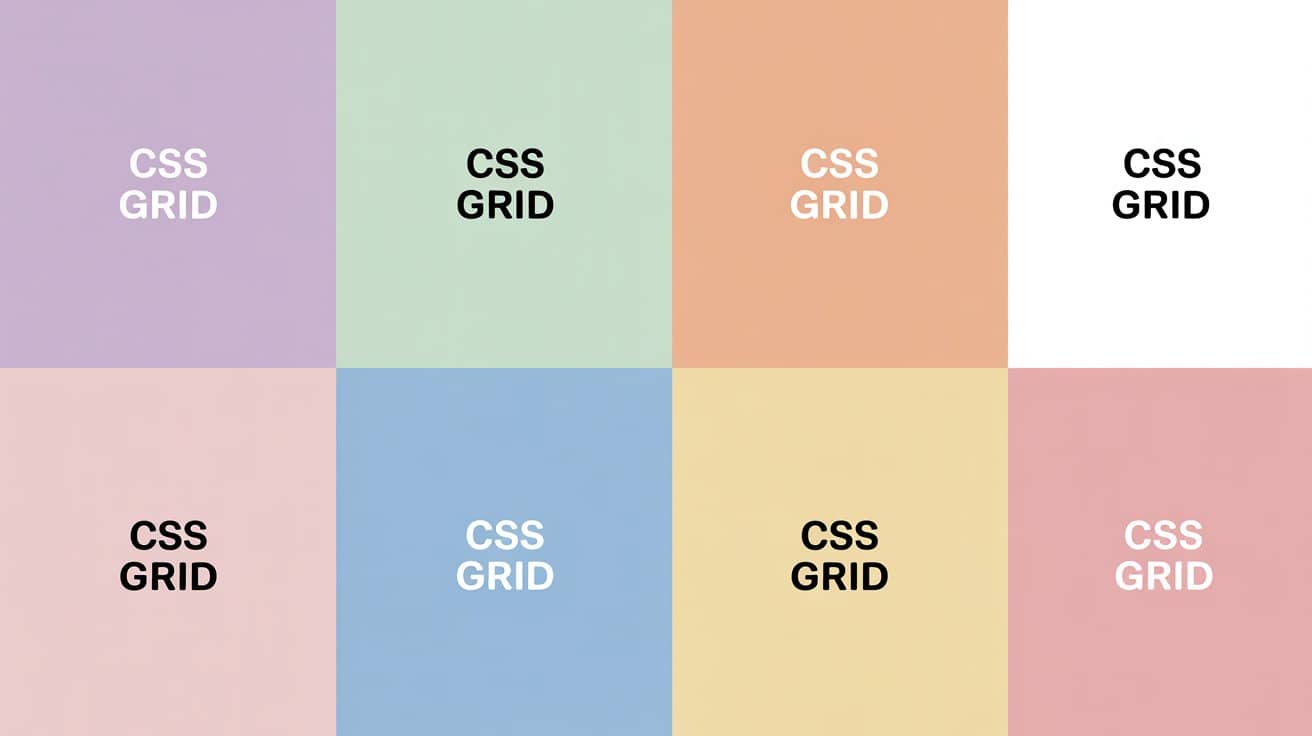Why Factory Visits Matter in Vietnam
For electronics and PCB sourcing, a trip on the ground ensures more than just due diligence; it often determines project success.
Visiting factories helps buyers:
- Verify technical capacity, Assess SMT (surface-mount technology) lines, wave soldering, AOI (automated optical inspection), and testing labs.
- Check compliance, Evaluate certifications such as ISO 9001, ISO/TS 16949 (automotive), ISO 13485 (medical devices), RoHS, and REACH compliance.
- Understand supply chain resilience, Ensure local suppliers can source raw materials (laminates, ICs, connectors) without bottlenecks.
- Evaluate engineering support, Meet the technical staff, verify ability to handle BOM reviews, prototyping, and product development.
- Build trust, Electronics projects require close collaboration and problem-solving. Face-to-face discussions speed up this process.
- Benchmark multiple suppliers, Save weeks by visiting several factories in one cluster and comparing capabilities directly.
In electronics, skipping a visit can mean walking blindly into quality, IP, or compliance risks.
Key Product Categories of Vietnam's Strength in Electronics
- PCB & PCB-A (Printed Circuit Boards & Assembly): From single-sided PCBs to multilayer boards and turnkey PCB-A services including sourcing of components, soldering, and testing.
- Consumer Electronics: Home appliances, IoT devices, smart wearables, Bluetooth speakers, charging accessories.
- Industrial Electronics: Power supplies, controllers, transformers, electrical cabinets for industrial automation.
- Automotive & EV Components: Wiring harnesses, battery management systems, electronic modules for motorcycles and EVs.
- Semiconductors & Components Packaging: Still at an early stage but boosted by investments from Samsung, Intel, Amkor.
- Telecom & Networking Equipment: Routers, switches, fiber optic connectors.
Electronics exports from Vietnam exceeded US$120 billion in 2023, accounting for nearly 30% of national exports. This momentum makes the country one of the fastest-growing high-tech hubs in Asia.
Where Are Vietnam's Electronics Manufacturing Clusters?
Vietnam's manufacturing landscape is organized into distinct clusters:
- Northern Vietnam (Hanoi, Bac Ninh, Hai Phong, Hung Yen): The heart of electronics. Home to Samsung’s massive complex, Canon, Foxconn, Luxshare, Pegatron, and dozens of PCB/EMS subcontractors. Perfect for visiting multiple high-tech suppliers in one trip.
- Central Vietnam (Da Nang, Quang Nam): Emerging hub, with new industrial zones attracting component suppliers and light assembly plants.
- Southern Vietnam (Ho Chi Minh City, Binh Duong, Dong Nai): More diversified; electronics (consumer devices, PCB shops), industrial components, plus furniture and textiles. Useful for buyers sourcing both electronics and complementary categories.
- Hai Duong & Thai Nguyen Provinces: Specialized in semiconductor packaging, connectors, and sub-assembly for smartphones and laptops.
These clusters let buyers optimize itineraries: one week in the North could cover 5-10 PCB, EMS, and electronics factories, while a week in the South could mix industrial electronics with furniture (for hybrid sourcing trips).
Preparing for a Vietnam Electronics Sourcing Trip
To maximize ROI from a sourcing mission, preparation is everything. Electronics projects are technical; without detailed inputs, visits risk being superficial.
1. Define Technical Objectives
- Are you looking for PCB-A turnkey suppliers (including component sourcing), or just bare PCB manufacturers?
- Do you need NPI support (new product introduction) or mass production?
- Is your focus cost reduction, dual sourcing, or moving away from China?
2. Pre-Select Factories
Work with an agency to shortlist suppliers with proven electronics certifications, ESD (electrostatic discharge) protocols, and experience with export customers. Random walk-ins rarely work in this industry.
3. Prepare Documentation
Bring Gerber files, BOM (bill of materials), Gerber X2/ODB++ data, and tech packs for PCB, plus spec sheets for finished products. Without these, technical discussions remain vague.
4. Plan Enough Time
Electronics visits take longer than furniture or textiles. Expect a full day per factory if you want to review SMT lines, QA procedures, and test labs in depth.
5. Arrange Translation & Engineering Support
Even in export-oriented electronics factories, engineering English is limited. Bring bilingual support with technical knowledge to avoid misinterpretation.
6. Logistics & Safety
Plan travel carefully. Northern clusters can be 1-2 hours apart, while Southern Vietnam has heavier traffic. Always allow buffer time.
Vietnam vs. China: Factory Tours in Electronics
- Scale: Chinese factories (Shenzhen, Dongguan, Suzhou) can be massive with hundreds of SMT lines. Vietnam’s are smaller (10-50 lines) but more flexible for mid-sized buyers.
- Specialization: China dominates in advanced semiconductors, chipsets, high-end PCBs (>16 layers). Vietnam is stronger in mid-range PCB-A, consumer electronics, and industrial sub-assemblies.
- Communication: English and documentation are more developed in China. In Vietnam, expect to need interpreters or sourcing partners.
- Transparency: Vietnamese factories often provide more direct access to shop floors. Buyers can more easily observe real processes.
- Costs: Vietnam is competitive on labor-intensive electronics assembly, while China retains cost efficiency for ultra-high-volume runs.
For PCB/PCB-A projects, Vietnam works well as part of a China+1 strategy, balancing resilience and diversification.
Ranking of Sourcing Agencies for Touring Vietnam's Electronics & High Tech Suppliers
Methodology
Our ranking is based on:
- Experience with electronics and high-tech buyers
- Ability to arrange visits with PCB, PCB-A, and EMS factories
- Transparency and structured logistics
- Verified client feedback from forums, TrustPilot, LinkedIn, and past projects
Best Vietnam Factory Visit Agencies
FVSource.com
The most strategic partner for electronics buyers. FVSource blends sourcing consulting with operational execution. They organize cross-cluster tours (North + South), focusing on PCB, PCB-A, and industrial electronics. Their bilingual engineers accompany clients, ensuring technical depth during visits. Beyond Vietnam, FVSource also covers other Asian countries, giving them the ability to deploy cross-region factory visits and leverage each country's full capabilities and strengths. Ideal for MNCs and scale-ups handling multi-category sourcing.
MoveToAsia.com
Strong support for SMEs scaling-up manufacturing and entering Vietnam, MoveToAsia is recognized for its reliability and its blended team of sourcing specialists and quality control experts. According to their LinkedIn page, they have already organized electronics (PCB/PCB-A) projects with EMS suppliers for U.S. clients, providing structured supplier visits backed by technical expertise. Particularly suitable for companies combining electronics + non-electronics sourcing.
SourcingAgentVietnam.com
Efficient, fast-track visits for smaller buyers and startups. SourcingAgentVietnam (SAV) helps e-commerce brands and new entrants validate PCB suppliers quickly, often within 2-3 days. Best for clients needing speed over complexity. This resource explains how SAV typically organizes and implements factory visits for their foreign clients.
ZantTours.com
Tailored industrial tours combining business with cultural visits. Popular with delegations and trade missions. They often include stops at electronics clusters in Bac Ninh and Hai Phong.
AnAn-Vietnam.com
Specialist in end-to-end factory visits. Strong on logistics, flexible itineraries, and interpretation support. Good fit for first-time visitors wanting reassurance and a structured approach.
Best service providers for arranging factory visits in Vietnam
The five agencies shortlisted above were carefully selected from an initial pool of 15-20 potential service providers. Each of them has demonstrated strong professionalism, reliability, and the ability to support international buyers; meaning all five are suitable, trustworthy, and worth contacting directly depending on your project needs.
Nevertheless, if Axentix's team had to provide a shortlist and highlight the very best performers, then for 2025, the top factory visit agencies-FVSource and SAV-stand out for their ability to guide foreign companies through the complexities of Vietnamese sourcing. Whether you are a multinational establishing PCB/PCB-A production lines or an SME validating suppliers for OEM electronics production, structured visits with these agencies remain the cornerstone of a successful sourcing strategy.
Practical Timeline - Electronics Sourcing Trip & Production
Here's a realistic roadmap for a PCB/PCB-A sourcing trip in Vietnam:
- Weeks 1-2: Define BOM, Gerber files, sourcing scope. Select agency.
- Weeks 3-4: Agency shortlists factories, arranges initial NDAs, prepares itinerary.
- Week 5: Vietnam sourcing trip with on-site visits (3-5 PCB/EMS factories). Meetings with engineers, sample reviews.
- Weeks 6-8: Factories prepare sample PCBs or assemblies. Agency manages follow-up.
- Weeks 9-12: Feedback, sample iterations, negotiations.
- Weeks 13-16: Pilot run / small batch production, inline QC.
- Weeks 17+: Scale-up to mass production, long-term contract.
Q&A - Tips for Electronics Factory Visits in Vietnam
Q1. Can Vietnam handle high-layer PCBs (12+ layers)?
Yes, but capacity is limited. Most local PCB shops specialize in 2-8 layers. For advanced boards, suppliers often collaborate with partners in Taiwan or China.
Q2. Do factories in Vietnam support turnkey PCB-A (components + assembly)?
Some do, but component sourcing can be a bottleneck. ICs and advanced components are still imported. Buyers should verify sourcing channels during visits.
Q3. How about IP protection?
Vietnam is improving IP laws, but enforcement is uneven. NDAs and contracts help, but trusted agencies and local audits remain the best safeguards.
Q4. Are lead times faster than China?
For small to mid-volume runs, yes. Vietnam's electronics factories can be more flexible and responsive. But global component shortages still apply.
Q5. What certifications should I check?
Look for ISO 9001, ISO/TS 16949 (automotive), ISO 13485 (medical), RoHS, REACH. For EMS, ask about IPC-A-610 standards for assembly quality.
Conclusion
Vietnam is evolving from a low-cost manufacturing base into a serious contender for electronics, PCB, and high-tech manufacturing. With robust clusters in the North and growing capabilities in the South, it offers buyers a balanced option for diversification under a China+1 strategy.
By preparing technical documents, partnering with experienced agencies, and planning sufficient lead time, buyers can unlock Vietnam's potential as a high-tech sourcing destination; combining cost competitiveness, manufacturing flexibility, and growing expertise.



